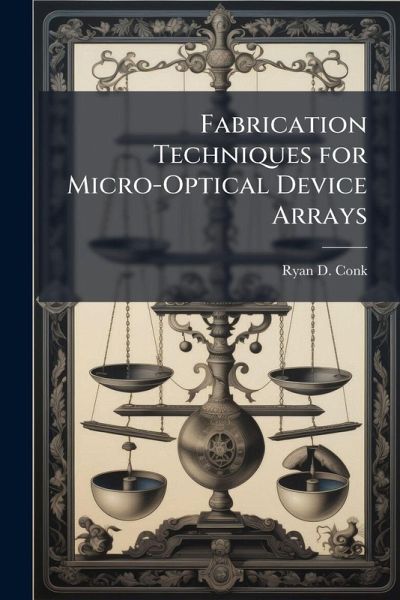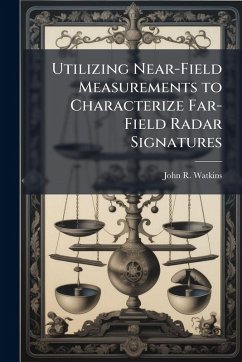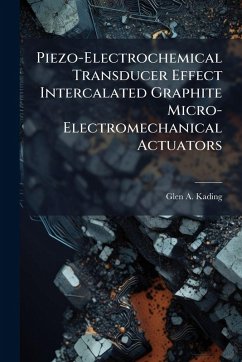
Fabrication Techniques for Micro-Optical Device Arrays
Versandkostenfrei!
Versandfertig in über 4 Wochen
17,99 €
inkl. MwSt.
Weitere Ausgaben:

PAYBACK Punkte
9 °P sammeln!
Micro-optical devices are vital components of conventional military data storage, sensor, and communication systems. Two types of micro-optical device arrays exist: individually addressable and matrix addressable. The matrix addressable array has a drastically reduced number of metal lines and can potentially be fabricated into large, dense (over 1k elements) arrays. Such arrays are expected to enable the development of extremely high bandwidth optical interconnect systems for future military applications including optical computing and short-haul fiber optical communication systems. I investi...
Micro-optical devices are vital components of conventional military data storage, sensor, and communication systems. Two types of micro-optical device arrays exist: individually addressable and matrix addressable. The matrix addressable array has a drastically reduced number of metal lines and can potentially be fabricated into large, dense (over 1k elements) arrays. Such arrays are expected to enable the development of extremely high bandwidth optical interconnect systems for future military applications including optical computing and short-haul fiber optical communication systems. I investigate new fabrication techniques for the assembly of dense matrix-addressed arrays of micro-optical devices such as vertical-cavity surface-emitting lasers. Using a micro-electro-mechanical systems (MEMS) foundry process, I design a test chip that consists of a variety of array configurations to explore possible assembly techniques. I also design a new photolithographic mask set based on assembly by flip-chip bonding and fluidic self-assembly techniques. This work has been selected by scholars as being culturally important, and is part of the knowledge base of civilization as we know it. This work was reproduced from the original artifact, and remains as true to the original work as possible. Therefore, you will see the original copyright references, library stamps (as most of these works have been housed in our most important libraries around the world), and other notations in the work. This work is in the public domain in the United States of America, and possibly other nations. Within the United States, you may freely copy and distribute this work, as no entity (individual or corporate) has a copyright on the body of the work. As a reproduction of a historical artifact, this work may contain missing or blurred pages, poor pictures, errant marks, etc. Scholars believe, and we concur, that this work is important enough to be preserved, reproduced, and made generally available to the public. We appreciate your support of the preservation process, and thank you for being an important part of keeping this knowledge alive and relevant.












